Another new volunteer who shares the same sentiment is Alexandra Matsuda. Coming from Peru, she hasn’t had much connection to the Japanese American community, but had a lot of connection to Japanese Peruvians back home and wanted to compare and experience the differences in culture. Volunteering has been hard work, including deep cleaning of all kitchen utensils and pots, and creating big batches of somen dressing and teriyaki sauce. While the work she and the other volunteers have been putting in has been intensive, Alex talks about how both staff and fellow volunteers keep it lighthearted: “The environment is really nice, everyone’s really chill with each other…people can work and chill at the same time, there’s no pressure”.
The thing to most look forward to, according to these longtime volunteers, is seeing and meeting new volunteers. Ellie talks about how nice it is to meet all these different kinds of people coming from different countries, different parts of LA, different ethnicities and ages, all coming together to support such a big community event. While the dedication and time these volunteers have put in for the GVJCI deserve praise, it’s also a call for younger volunteers to also aid their community. But this year for Matsuri, we had many new faces, and would like to once again give thanks to everyone who gave a helping hand. From all of us here at the GVJCI, we hope you enjoy the 2024 Matsuri and see you next year!
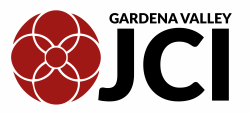








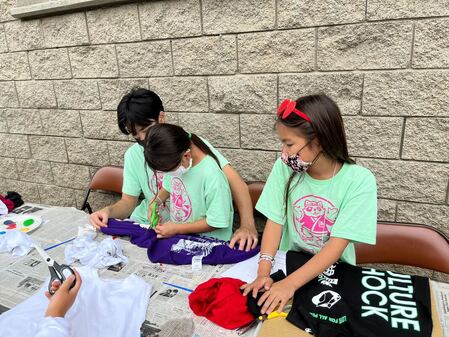
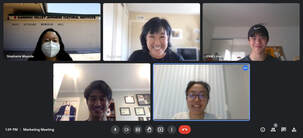
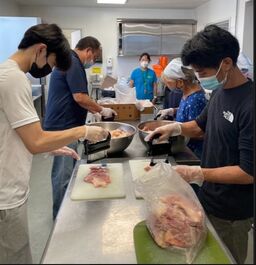
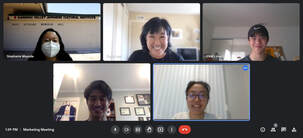
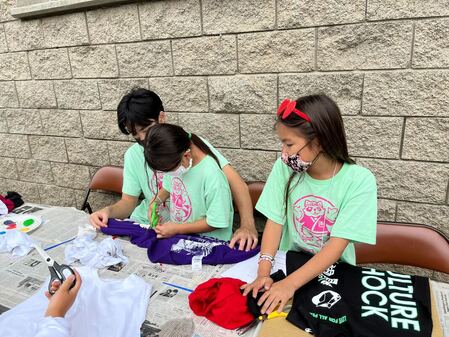
 RSS Feed
RSS Feed
